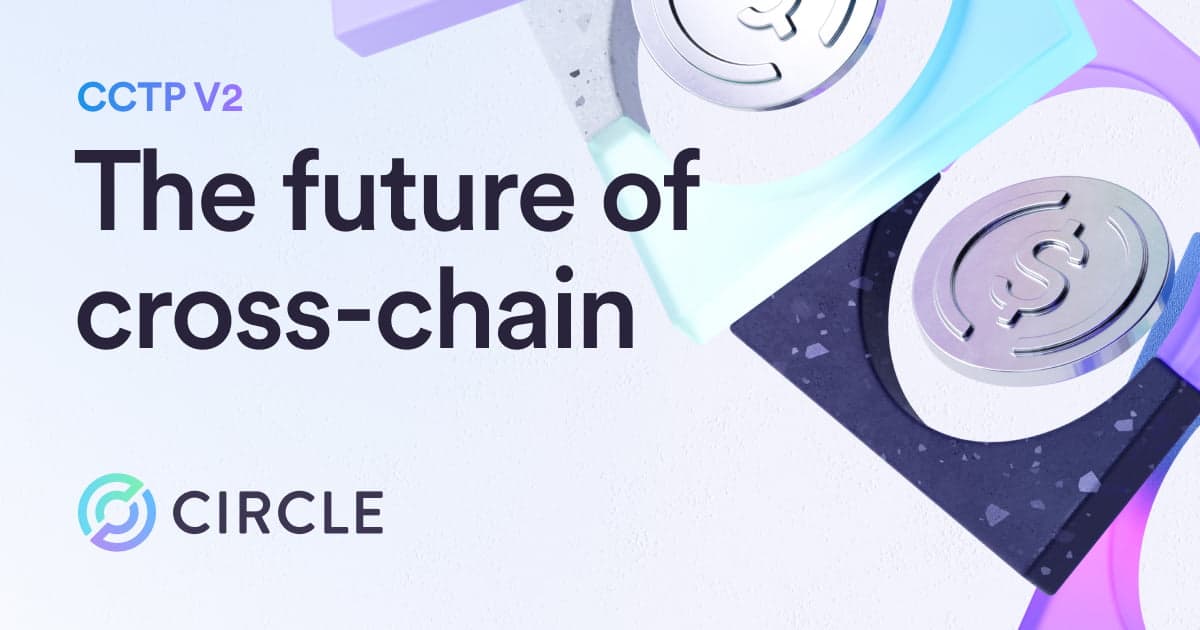Circle's CCTP Transfer Volume Hits Record $14.5 Billion in October, Up 7x Year-over-Year

Circle's Cross-Chain Transfer Protocol (CCTP) recorded an all-time high transfer volume of approximately $14.5 billion in October, marking a substantial seven-fold increase year-over-year. The significant surge in activity was highlighted by analytics platform Token Terminal, indicating growing adoption and utility for the protocol designed to facilitate seamless USDC transfers across various blockchain networks.
The robust growth is largely attributed to the enhancements introduced with CCTP V2, which was launched in March 2025. This upgraded version enables secure and permissionless USDC transfers across diverse blockchains using a native burn-and-mint mechanism, eliminating the need for traditional liquidity pools and wrapped tokens. CCTP V2 has significantly reduced cross-chain transfer times from minutes to mere seconds, particularly for transfers between Ethereum and its Layer 2 networks.
CCTP V2 also introduced "Hooks," allowing developers to automate post-transfer actions on the destination blockchain, enhancing composability and smart contract integration. Since its inception in April 2023, CCTP has processed over $36 billion in transaction volume, solidifying its role in the multi-chain ecosystem. The protocol's expansion to numerous blockchains, including Avalanche, Base, and Ethereum, with plans for further integrations, has broadened its reach.
The increased CCTP volume reflects the broader growth of USDC, Circle's stablecoin, which has seen its market capitalization surge by 72% since January 2025, according to JPMorgan analysts. This growth is driven by USDC's transparent reserve management, regulatory compliance, and growing institutional adoption. CCTP plays a crucial role in enabling USDC's secure movement across these networks, supporting its use in DeFi, payments, and capital markets.
As stablecoins continue to gain traction for their efficiency in digital transactions, CCTP's ability to unify USDC liquidity across disparate blockchain environments positions Circle at the forefront of cross-chain interoperability. The protocol's advancements are crucial for fostering a more interconnected decentralized financial ecosystem, providing developers and users with tools for efficient and cost-effective asset transfers.